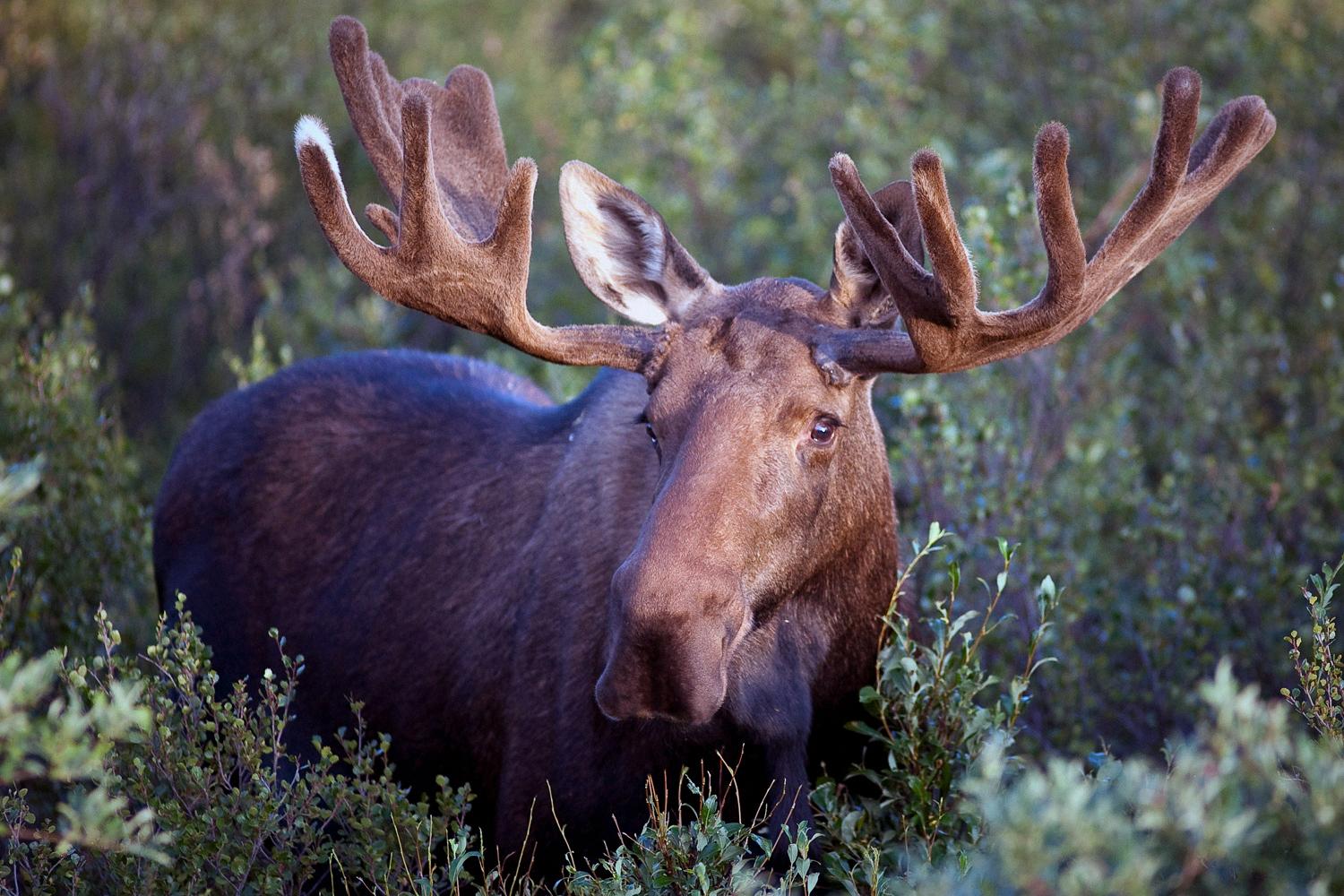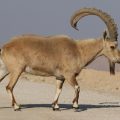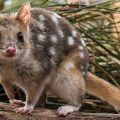Do you know the difference between an Elk and a Moose? The two North American mammals are easily confused, but there are some distinct features that can help distinguish them. Both elks and moose belong to the deer family, with elks belonging to the genus Cervus and moose belonging to the genus Alces. Below is a comparison guide outlining some of the key differences between elk and moose.
Size: When it comes to size, moose are much larger than elk, with adults measuring up to 8 feet in length from nose to tail, and standing at 6.5 feet tall at their shoulder. On the other hand, adult elks measure just 5 feet in length and 5.5 feet tall at their shoulders.
Speed: Moose are surprisingly faster creatures than elk! Although they can run up to speeds of 35-45 mph, they typically move more slowly in order conserve energy. On the other hand, elk are capable of running at speeds of 40-60 mph when they need to get away from predators or travel long distances quickly.
Antlers: Both male elk and male moose have antlers; however, their size and shape are very different. Moose have large antlers that grow up to 6ft between each tip; whereas Elk have elongated antlers that branch from different ends.
In conclusion, although both Elks and Moose belong to the deer family, there are distinct differences between them in terms of size, speed, and antler shape. Knowing tese differences can help you accurately identify these two North American mammals!
Are Moose and Elk the Same?
No, moose and elk are not the same species. Moose (Alces alces) is a large member of the deer family found in North America, Europe, and Asia. Elk, on the other hand, are primarily found in North America and are scientifically known as Cervus canadensis. The confusion arises because in North America another member of the deer family – the Wapiti – is often referred to as ‘Elk’. So technically speaking, the Swedish Älg is called Moose in American English and an Elk in British English.

Source: nationalgeographic.com
Comparing the Size of Elk and Moose
Moose are significantly bigger than elk, weighing up to 1800 pounds and reaching heights of 6.5 ft. from hooves to shoulders. Elk, on the other hand, reach a maximum weight of around 900 pounds and are typically between 3-5 ft. tall at the shoulder. Moose are much bigger and heavier than elk, making them the largest of the two species.
Comparing the Strength of Elk and Moose
When it comes to strength, both elk and moose have impressive capabilities. However, when comparing the two species, moose are generally considered to be stronger than elks. Moose are much larger in size than elks, which is one of the reasons why they have more physical strength. Moose can weigh up to 1,500 pounds and stand about 6.5 feet tall at their shoulder, while elk can weigh up to 900 pounds and stand about 5.5 feet tall at their shoulder. Additionally, moose have much thicker necks than elk, giving them added strength when it comes to head-butting or fighting with other animals. Elk usually rely on outrunning predators rther than engaging in physical combat with them. Moose also have large antlers that span between 6 feet across the tips; these antlers are used to defend against predators or other animals they may come into contact with. All of these factors combined make moose significantly stronger than elk in most cases.
Can Elk and Moose Breed?
No, elk and moose cannot mate. This is because they belong to two different subfamilies of deer. Elk belong to the Cervinae subfamily while moose are part of the Alceinae subfamily. The two subfamilies are very far apart genetically and therefore incompatible when it comes to breeding. In addition, even though both species are deer, their physical characteristics are not compatible either, making successful mating almost impossible.
Distinguishing an Elk from a Moose
The easiest way to tell an elk from a moose is by looking at their physical features. Elk are generally light brown in color with a pale yellow rump, while moose have darker fur and a large, long, bulbous nose. Additionally, elks have narrow snouts and no “bell” under the throat, while a mature bull moose has broad, flat antlers. To further differentiate between the two species, elk typically travel in herds and inhabit forests and meadows, while moose are more solitary animals found in ponds and marshy areas.
Comparing Aggressiveness of Elk and Moose
No, elk are generally not more aggressive than moose. While moose have a reputation of being more aggressive, they will usually leave humans alone if left undisturbed. Elk, on the other hand, may approach people in search of food or out of curiosity, and can become aggressive if they feel threatened. Generally speaking, both animals prefer to avoid confrontation, but moose are much larger and can cause more damage if they do become aggressive.
Comparing the Size of Moose and Bison
Bison are actually larger than moose, making them the largest land mammal in North America. Bison typically weigh 900-2,300 pounds, while a typical moose can weigh anywhere from 700 to 1,400 pounds. Bison also tend to be taller than moose, reaching heights of up to 6 feet at the shoulder compared to a moose which is usually around 4-5 feet tall. Additionally, bison have much thicker fur than moose because they evolved in colder climates.
Are Moose Approachable and Friendly?
Moose are generally not aggressive towards humans, and can even seem curious or friendly. However, it is important to remember that moose can become dangerous if they feel threatened or provoked. It is best to keep your distance and observe them from a safe distance. If you encounter a moose, do not approach it or startle it in any way. Respect the animal’s space, remain calm, and slowly back away to avoid any potential conflict.
Comparing the Taste of Deer and Elk
When it comes to comparing the flavor of deer and elk meat, elk is generally considered to have a more palatable taste. Elk have a milder, less gamey flavor than deer due to the fact that they feed on grasses and plants rather than bark and they have less fat stores which can contain gamey flavors. Additionally, elk are larger animals than deer so their meat tends to be more tender, making it even more enjoyable to eat.

Source: coolantarctica.com
Comparing the Size of Elk and Caribou
Generally speaking, elk are larger than caribou. An adult elk typically grows from 56 to 68 inches tall from its hooves to its withers, while a caribou typically measures from 34 to 62 inches in height. In terms of weight, an adult elk usually ranges from 650 to 850 pounds, whereas an adult caribou usually weighs between 350 and 400 pounds. Therefore, the elk is the much bigger of the two species.
Conclusion
In conclusion, Elk and Moose are both members of the Deer family, however, they have distinct differences. Moose are much larger than Elk with a maximum weight of up to 1800 pounds and a height of up to 6.5 feet from hooves to shoulders. In contrast, Elk are smaller in size reaching heights of 3 to 5 feet and weighing significantly less than Moose. Additionally, Moose have large and flat antlers whereas Elk possess elongated antlers that branch out from diferent ends. Although they may look similar at first glance, it is clear that Elk and Moose are two distinct species in the Deer family with many distinguishing characteristics.












